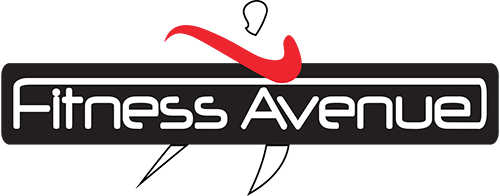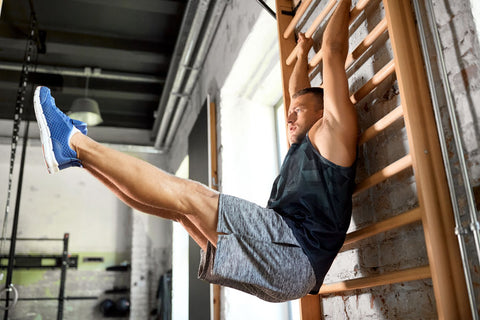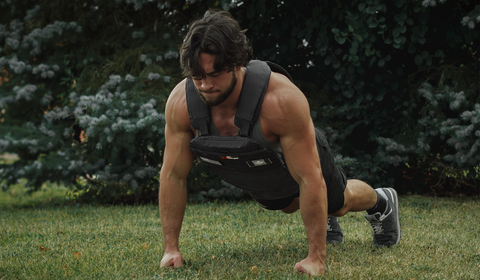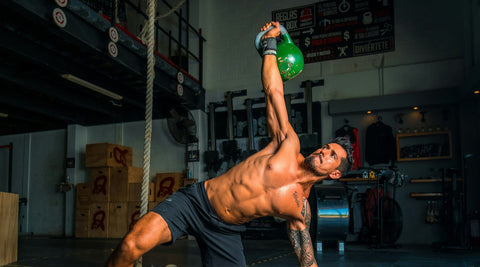By: Mickayla Faierstein
What is Calisthenics?
Calisthenics–the art of using one’s own body weight to build muscle and endurance. The term "calisthenics" traces back to ancient Greece, where warriors practiced it, and it combines the Greek words for beauty (kallos) and strength (sthenos). This back-to-basics approach to fitness is challenging the modern gym world with its simplicity and accessibility. Today, we’ll explore the depths of calisthenics, from the basics to advanced techniques, offering insights into how anyone can transform their fitness routine using nothing but their own body.
The Benefits of Calisthenics
Now, let’s get into the real question: “Why should I do this?” the simple answer is, that you shouldn't…unless you want:
- Improved Cardiovascular Health
- Flexibility
- Balance
- Coordination
- To save money on equipment
- Improved concentration
- Stress reduction
Honestly, I could go on but why spoil the surprise when you can dive in and discover the rest of the fun perks yourself?
Fundamental Exercises in Calisthenics
Jumping into Calisthenics starts with nailing the basics. Here’s a quick intro to a few of the essential exercises that form the foundation of your training.
Pushups: I know, not the most fun exercise ever, but it's crucial to building strength in your upper body. This includes your chest, triceps and shoulders. There are a few ways you could go about this,
- Wall Pushups
- Incline pushups
- Knee pushups
- Full pushups
- Side pushups
- One arm pushups
The possibilities are truly endless.
Lunges: A great way to improve your flexibility, while also strengthening your legs and buttocks. Here are a few variations:
- Assisted lunge
- Half lunge
- Front foot elevated lunge
- Dumbbell lunge
Planks: Often underrated, but incredibly beneficial. This exercise might look simple but it’s essential for building core strength, stability, and endurance. By engaging not just your abdominal muscles but also your back, shoulders, arms, and legs, planks provide a full-body workout that's hard to match. Here are some ideas to spice up your planks:
- Forearm plank
- Straight arm plank
- Side plank
- Plank with leg lift
- Plank with shoulder taps
Pull-Ups: The ultimate test in calisthenics for upper body strength. This exercise hits your back, biceps, shoulders, and core all at once. More than just muscle, mastering pull-ups demands technique and control. Check out these variations to mix up your routine and challenge yourself further:
- Standard pull-up
- Chin-up
- Wide grip pull-up
- Neutral grip pull-up
- Commando pull-up
You may be wondering, why you need pull-ups in your daily life. But imagine this:

Your life may depend on it (I’m sure it happened to somebody before ;))
Advanced Calisthenics Movements
If you’re already ahead of the game, here are some advanced exercises to keep you on your toes:
- Handstand and handstand push-ups
- Muscle-ups
- Front and back levers
- Planche
Equipment and Gear for Calisthenics
If you do want to take that extra step, you may want to consider using a few tools to take your workouts to the next level.
Here is the recommended gear for calisthenics beginners:
Resistance bands are a fantastic and versatile tool for calisthenics enthusiasts looking for that extra push. Use them to enhance your push-ups, pull-ups, and squats, and improve your flexibility. As a bonus, they are super easy to travel with!
Transform your home workouts with a pull-up bar. It’s the ultimate tool for enhancing upper body strength and mastering calisthenics exercises.
A good-quality exercise mat provides cushioning and support for floor exercises such as push-ups, planks, and sit-ups. It also helps protect your joints and prevent slipping.
These are great for self-massage release, helping you to relieve muscle tightness and improve mobility.
But wait…I left the best for last! We have an incredible new product designed specifically for small spaces! So put those excuses aside, and shop SpaceSmart Swedish ladder.

This is an all-in-one tool featuring a Pull Up Bar, Suspension Trainer, Resistance Bands and Dip Bars, allowing you to expand your horizons in a new, and fun way, saving time and gas money!
The beauty of calisthenics is in its accessibility allowing you to effortlessly bring your calisthenics workout routine into the comfort of your own home. By equipping yourself with these essential tools, you'll be well on your way to creating a dedicated space for your home fitness routine.
Nutrition and Recovery in Callisthenics
Proper nutrition is the backbone of any fitness routine, and calisthenics is no exception. To perform your best and see continuous improvement, your body needs the right fuel. Prioritize lean proteins to aid muscle repair and growth. Carbohydrates are also essential, providing the energy needed to power through your workouts. Don't overlook healthy fats, which are vital for joint health and overall well-being.
Your muscles need time to recover and grow stronger after a workout. Incorporating rest days into your routine is essential for muscle repair and growth. On these days, consider active recovery activities like light walking or yoga to maintain mobility and promote blood flow. Stretching is another key component of recovery. Regular stretching can improve flexibility, reduce the risk of injury, and help your muscles relax after intense training.

Conclusion
By now, you're probably eager to elevate your calisthenics journey and embrace the challenges and rewards that come with it. With the insights and strategies shared in this guide, you're well-equipped to dive deeper into the world of bodyweight training. Start with the basics, gradually challenge yourself with more advanced movements, and always remember the crucial roles of nutrition and recovery. And the best part? After a fulfilling workout, there's nothing like the satisfaction of knowing you've pushed your limits and are one step closer to your fitness goals. So go ahead, embrace the journey, and enjoy the transformation that awaits you. Your calisthenics adventure is just beginning!




